When we look around us we should be able to see all the beauty of nature. But many of us live in cities where we are surrounded by buildings and not much green.
The beautiful nature is given to us freely, but not many people do respect that free gift as such. We, as human beings are also not so keen to use it properly and to take into account that many after us still have to be able to enjoy as much as we did or even more. Often terrible things have to happen before we as human being want to think about what is going on or what our responsibility should be for making sure lots of people can enjoy those treasures of earth.
In many Asian countries several people are already seriously feeling the effects of the industrial revolution and the technical progress of the last two centuries. People may be happy the world advanced so much and that we do have a lot of gadgets which make life so much easier. But in many poor countries, those people do not enjoy such modern domestication? Several families by powerful storms found their riverside home destroyed already more than once. Millions have already lost more than the modest roof over their head. Millions spend their days collecting cow dung for fuel and struggling to grow vegetables in soil poisoned by saltwater. They live on borrowed time in a vast landscape of river islands, bamboo huts, heartbreaking choices and impossible hopes.
The meeting, the culmination of four years’ work by hundreds of experts who have volunteered their time and expertise to produce a comprehensive assessment, was to approve the Summary for Policymakers of the second part of the IPCC’s Fifth Assessment Report, checking the text line by line.
We all should also know that we have to take a collective action because we are speaking of problem at the global scale, because most greenhouse gases (GHGs) accumulate over time and mix globally, and emissions by any agent (e.g., individual, community, company, country) affect other agents. International cooperation is therefore required to effectively mitigate GHG emissions and address other climate change issues.
Doing so more insistently than did other forms of mimetic representation, photography seemed to stand in for the direct, bodily experience of the individual, its lens becoming the roving eye of the beholder. Most obviously one sees this in travel and expeditionary photographs of the nineteenth century, for which skilled professionals travelled forth from Western Europe and the eastern USA to record and bring back views of sites as various as India, the American West and the Middle East. {Oxford Companion to the Body }
As a means of recording, and as an art form in its own, photography pervades our lives and shapes our perceptions…
A private photobook collector and trader, living in the Netherlands, who has sold many photobooks online (Ebay.nl, Marktplaats.nl & Boekwinkeltjes.nl/Bint) and therefore has also set up a devoted website (see http://bintphotobooks.googlepages.com/)& his Blog (see http://bintphotobooks.blogspot.com/) brings us a variety of artists worth viewing.
“Perception is relative and selective”…If the presenter does not clarify a message, then the receiver imposes his own meaning drawing from his/her experience, needs and expectations.
On his website we can find many beautiful photographs which clearly tell a story which has to be heard by many. Therefore we also like to introduce you to it. Our world is much to important to have it been destroyed by the greed of our consumerism.
The one looking through the lens may capture a whole story in one click and make it easy for others to see that what is behind the picture. Every photographer may put his own statement in the way he looks at things. Behind the pictures may be told also a whole story and the writer of Bint photobooks may carry us away along the threads of reality that often stay hidden for those who live in the cities of the Western world.
In Kadir van Lohuizen: Putting stories into perspective for example we can learn that the celebrated Dutch photographer Kadir van Lohuizen feels that there are many big stories around the world that need to be told and that it is his responsibility to tell them in the right way. He brings us with his camera from the North to the South, from Greenland to Kiribati and Fiji, close to Australia, passing by Panama but also showing us the problems of cities in the United States, like Boston, all places where they feel the rising seas. On the net we also can find some other interesting photographs of professional photographers, like Mitch Zeissler, and non-professional photographers, who do have a very good eye, like Cindy Barton Knoke who is willing to share that what she encounters on her many travels. Having such people willing to share the beauties they managed to see others are allowed to enjoy them too, which is great. This way people who are not in good health or do not have the money or no means to make such trips to faraway places can receive their dreams by such bloggers.
Having lots of people living between the structures of living quarters and offices, often confronted with the fumes, dust and pollution, they may value such beautiful countrysides, animals and by Cindy Barton Knoke also beautiful art, which give richness to the world. Those living in countries with wide fields, like in the United States perhaps do not see any sign of pollution in their region, and do think perhaps everything is exaggerated, but when they can see and hear the witnesses of those who can move around, come in different places or do scientific work, they perhaps come to believe that it is really time we do something to protect what we still have. In Belgium we are confronted with pollution and climate change nearly every day, so perhaps the Belgians do feel the urge to look for solutions more than some other citizens.


In 2012 van Lohuizen started project looking into consequences of sea-level rise in the world. Therefore he went to different regions that have been or will be affected quite soon by the rise and researched where people will have to relocate.
The 50-year-old photographer said he started the project after visiting a delta area in Bangladesh around three years ago, where he was struck by the apparent impact of rising sea levels and noticed that Bangladesh expects to evacuate 30 million people by 2050 due to rising sea levels.
He is also aware that the issue is more urgent than most people assume
“it’s very much knocking on our doors.”
The world has waited already too long before taking the matter seriously. Like in most places, there has to happen something serious before people do something.
“Too often we start to think about the problem when it has happened, but not before.”
Bint writes
Aiming to raise awareness in the general audience, Kadir hoped that the message would also reach politicians and policymakers.
and gives the word to van Lohuizen who says:
“It’s going to be the biggest problem of the century. It’s not just islands disappearing but also sea water seeping into the mainland, causing soil to become saline, rendering people unable to grow crops and having more difficulty accessing clean water.”
We better make sure others get to know the beauties of nature, but also show how endangered the species and our own environment is. We clearly have to share the message of the importance to keep our world in good health.















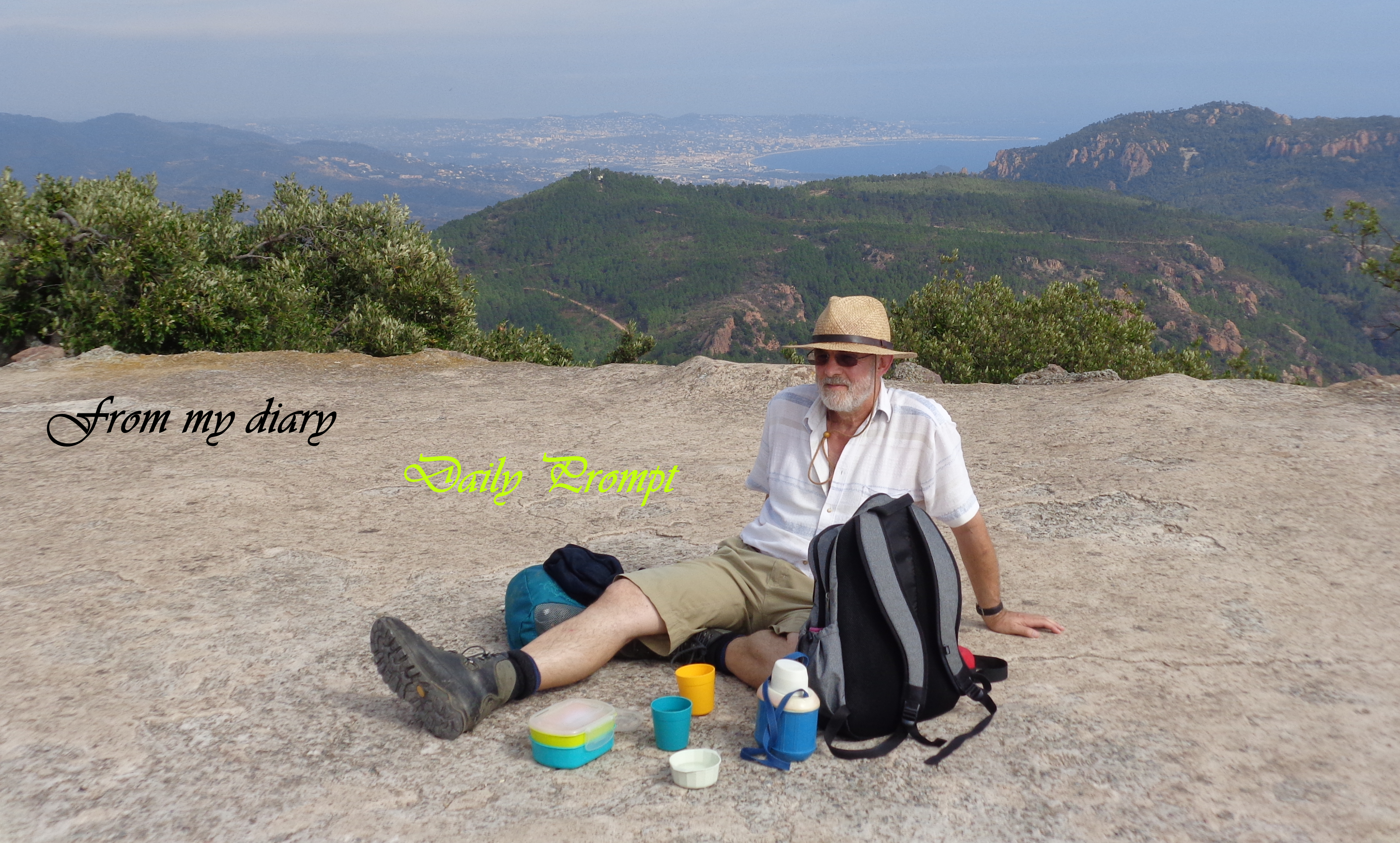



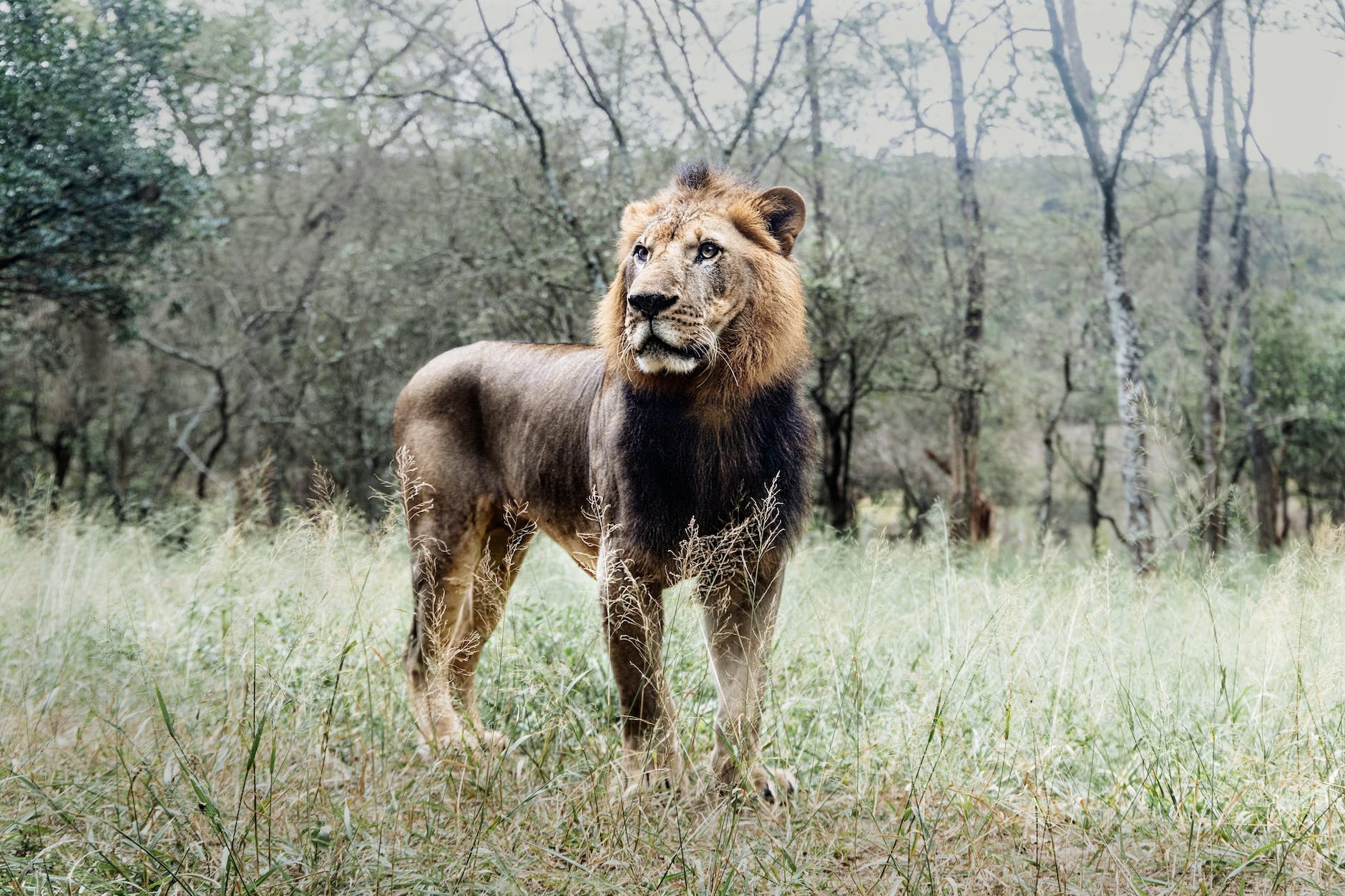
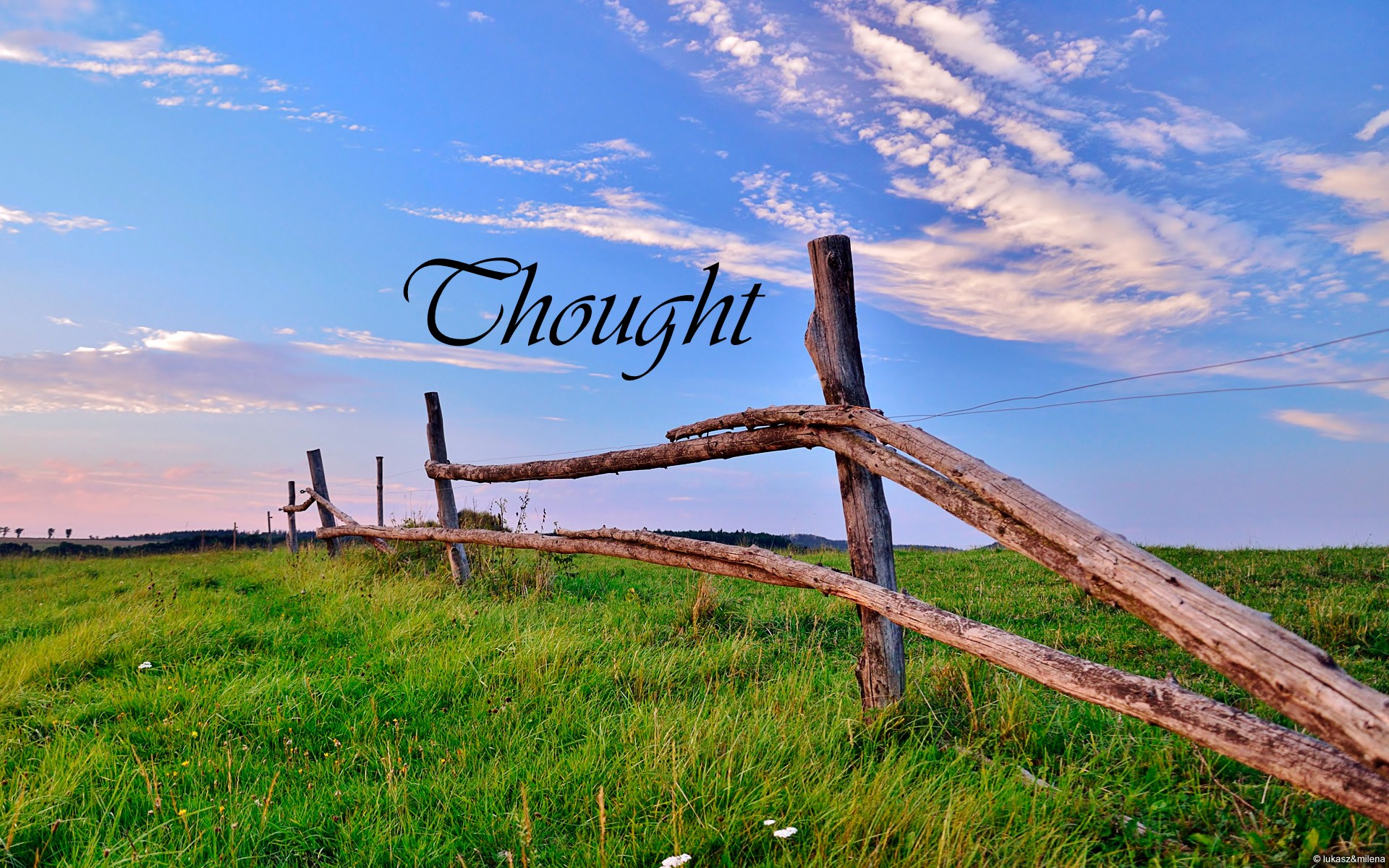







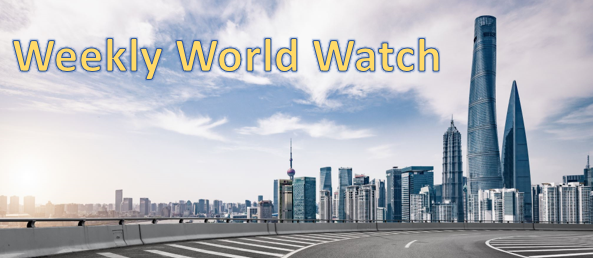



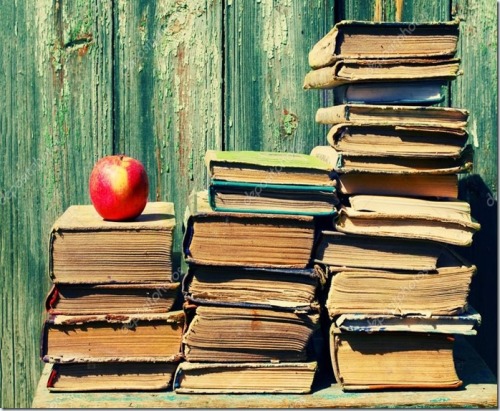




















Pingback: Us and climate change – We can do much more than we think | From guestwriters
Pingback: The Climate Crisis: It’s Not Just Consumers’ Faults | From guestwriters
Pingback: Good reason to speak to climate deniers – Some View on the World
Pingback: Is the climate crisis truly serious? What actions can we take? – Some View on the World